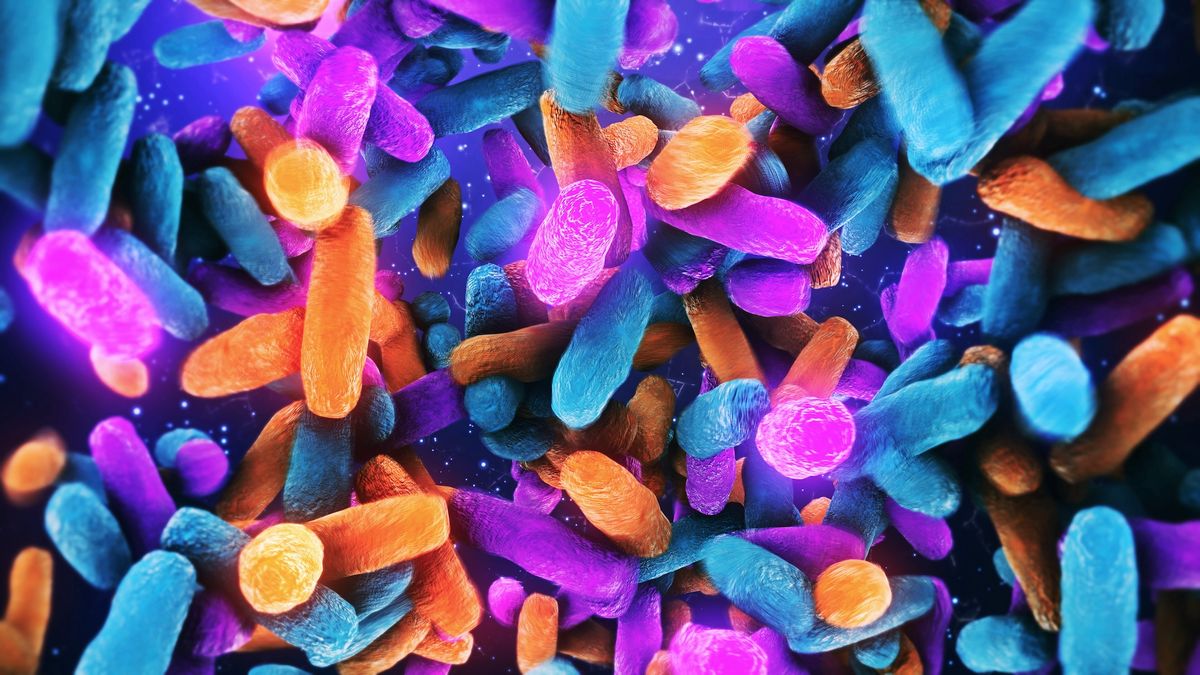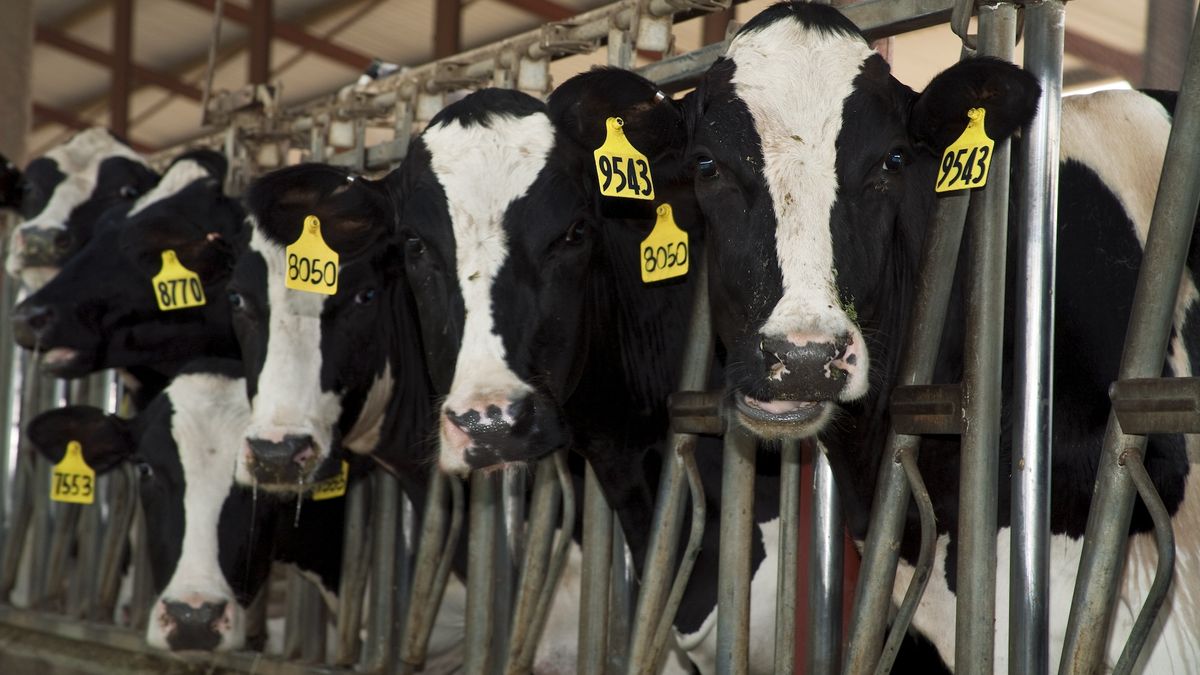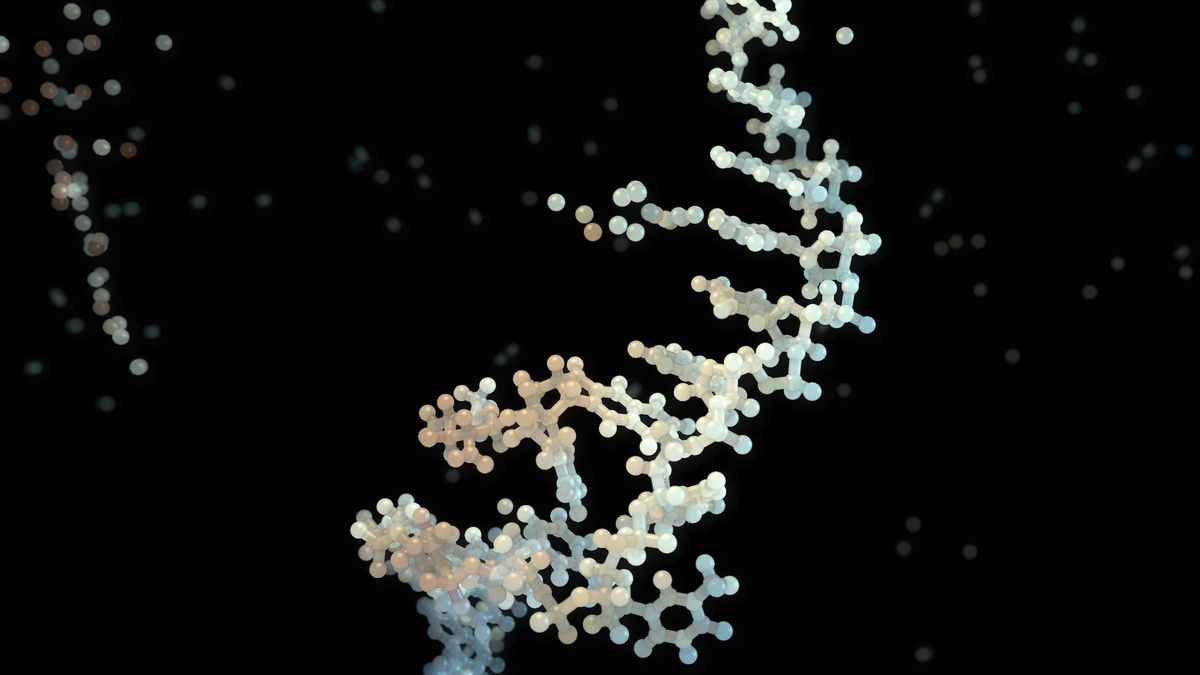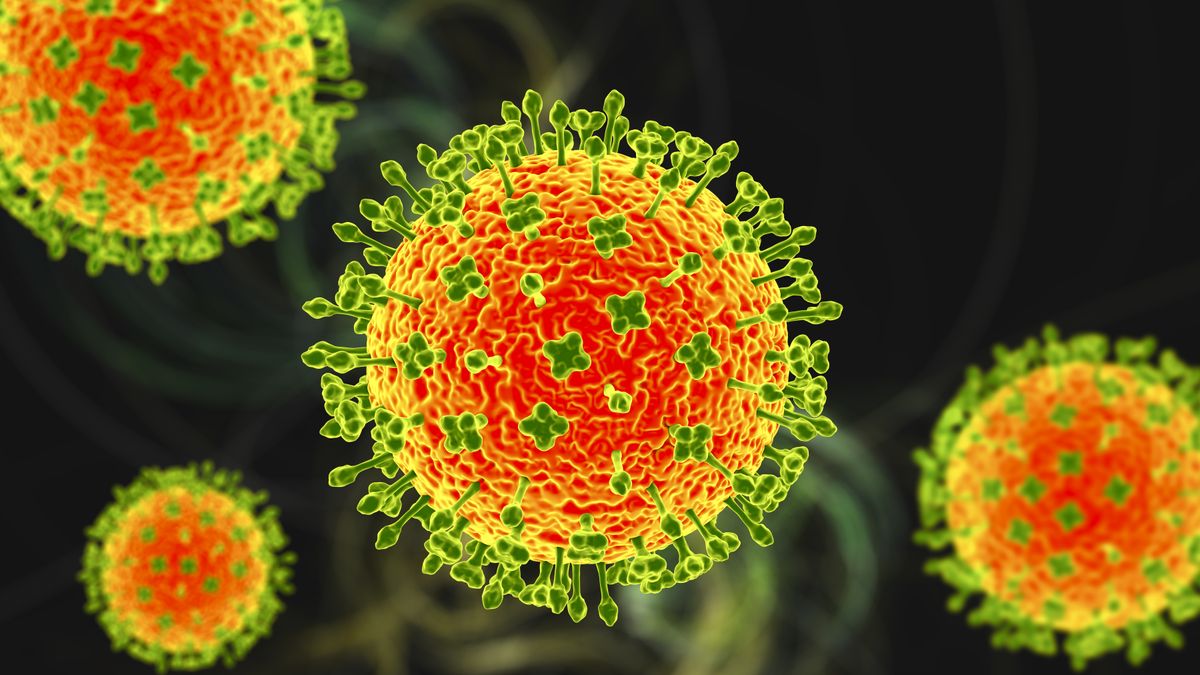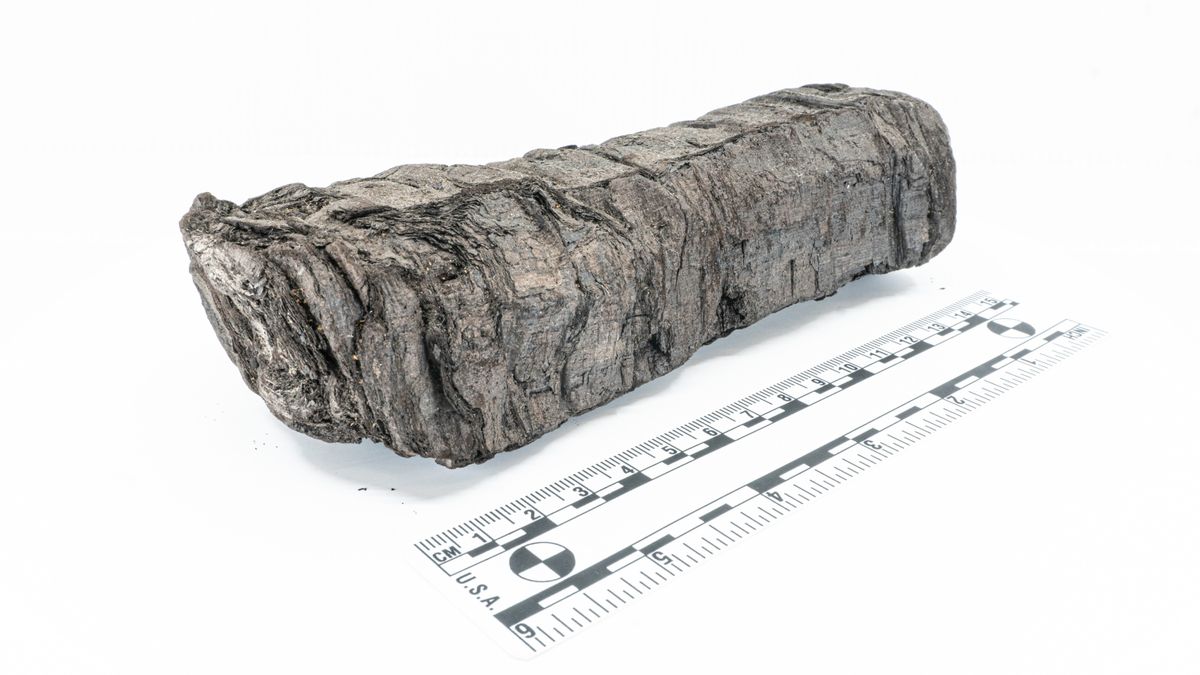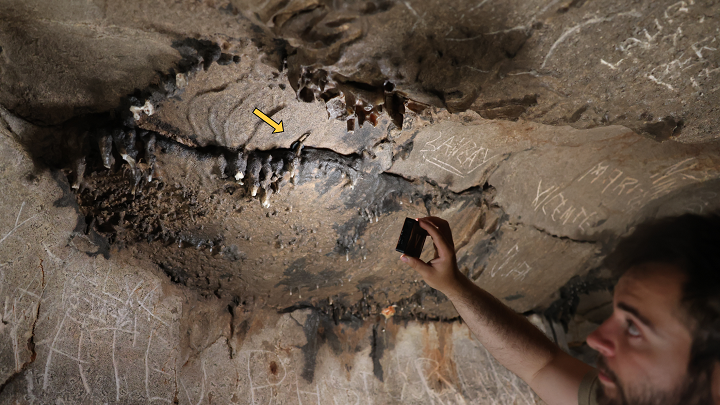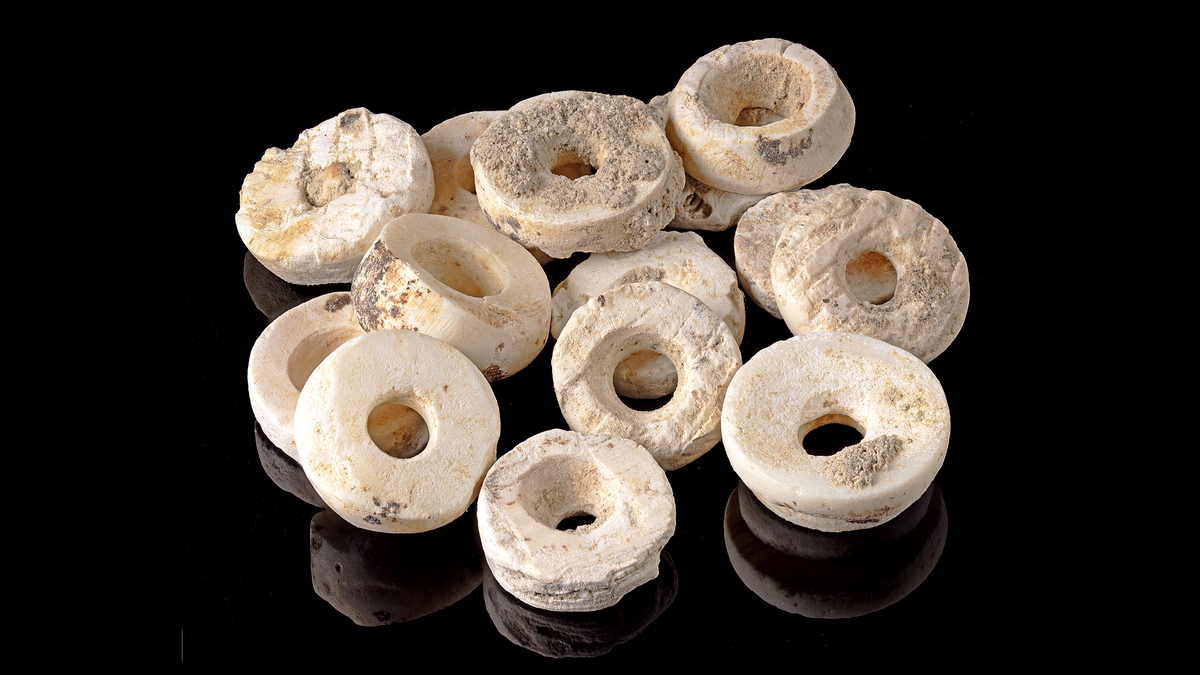Scientists are on a quest to chart a comprehensive map of the vagina — namely, an atlas that catalogs the diverse range of microorganisms that live there.
These microbes are collectively known as the vaginal microbiome, and they include bacteria, fungi and simple organisms called archaea, along with viruses, although viruses are not technically “alive.” Shifts in the abundances of these microbes, especially the bacteria, have been linked to various health conditions, including pregnancy complications, such as preterm birth; chronic diseases, like endometriosis; and infections, including urinary tract infections (UTIs) and human papillomavirus (HPV).
The connection between the vaginal microbiome and these conditions is not fully understood. Meanwhile, the mapping effort is complicated by the fact that vaginal microbiome research has largely been concentrated in specific, high-income countries. This has skewed the results toward certain populations, some scientists argue.
In a commentary published Thursday (Feb. 6) in the journal Trends in Microbiology, over a dozen researchers made the case that we don’t yet understand what a “healthy” vaginal microbiome looks like for different demographics around the globe.
Related: Scientists invent 1st ‘vagina-on-a-chip’
“More research on the functions and diversity of the vaginal microbiota is urgently needed in different parts of the world,” these researchers wrote. “We are still understanding which bacteria can be considered pathogens and which are more protective.”
As an example, a landmark paper published in 2010 looked at nearly 400 women in North America and identified five distinct profiles that a healthy vaginal microbiome can have. Each of these is defined as being dominated by a certain type of bacteria, such as Lactobacillus crispatus or Lactobacillus gasseri.
Scientists have proposed additional categories over the years, again based on North American samples, but when you look to other geographies, these categories don’t always fit. A study published in 2023 looked at thousands of healthy women in Belgium and found that over 10% fell outside the five best-established categories.
That Belgian study was conducted by a group called Isala at the University of Antwerp. Named after Isala Van Diest, the first female physician in Belgium, the project has since expanded into a global research effort called the Isala Sisterhood Consortium. Isala projects have been launched in various countries — including Peru, Cameroon, Nigeria, Spain and the U.S. — and more are planned for the near future. The authors of the new opinion paper are helping conduct these Isala studies.
Eventual benefits of these studies could include new ways of treating bacterial vaginosis (BV), which is typically defined as the vagina showing reductions in Lactobacillus bacteria along with overgrowth of other bacteria that don’t “breathe” oxygen. BV doesn’t always cause noticeable symptoms, but it does come with an increased risk of other health issues, including sexually transmitted infections like HIV. It’s typically treated with antibiotics, but often, the BV rebounds after that treatment.
With a better understanding of the vaginal microbiome, scientists could come up with ways of “directly modulating” it, perhaps by introducing “protective” bacteria back into the microbiome when they’re lost, the authors suggested. Notably, there also isn’t a universal standard for diagnosing BV, and it’s unclear whether BV can be defined the same way around the world.
“The continuous portrayal of lactobacilli as a gold standard for optimal vaginal health needs to be carefully (re)evaluated with unbiased global diversity perspectives,” the authors wrote.




